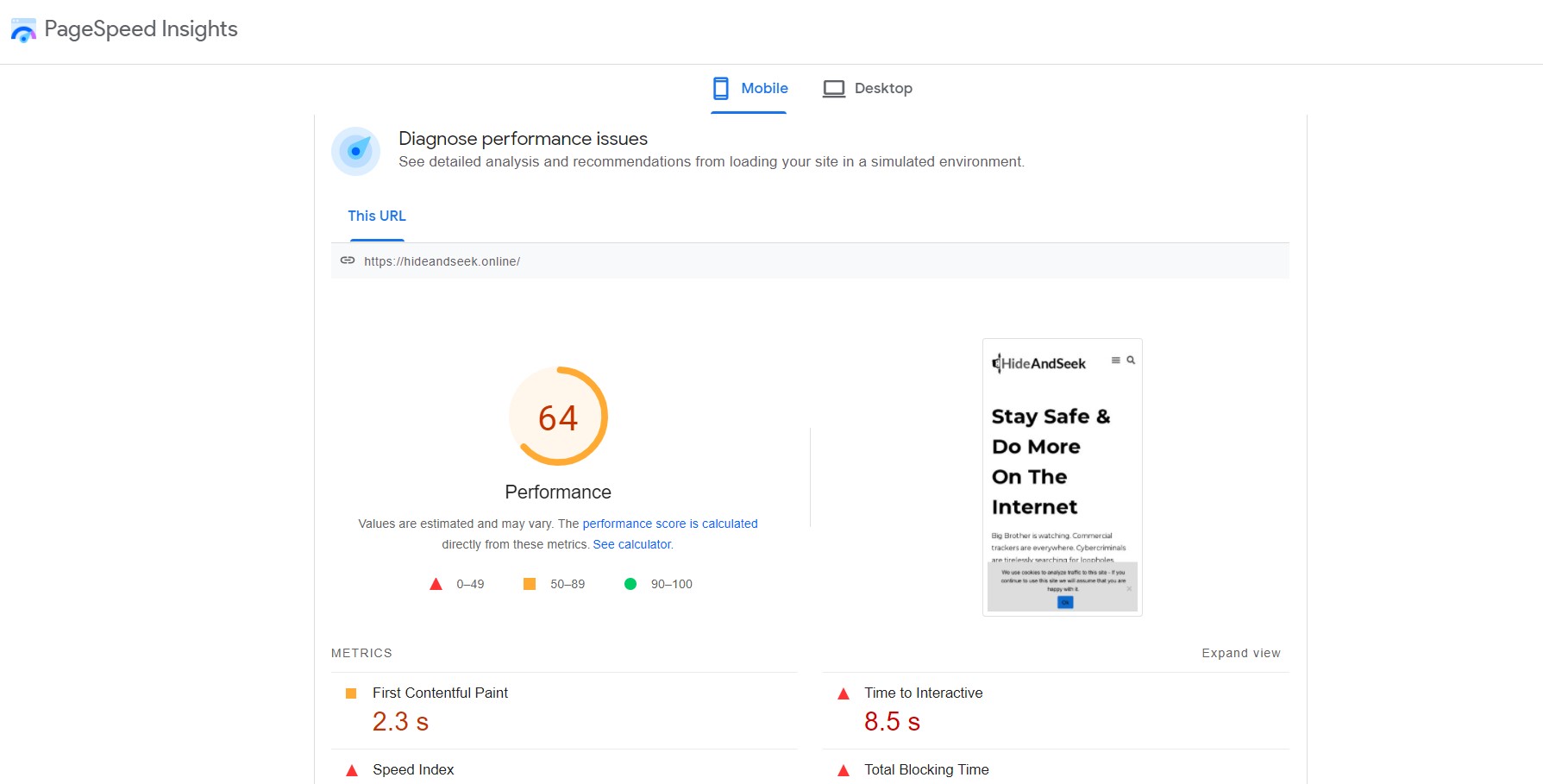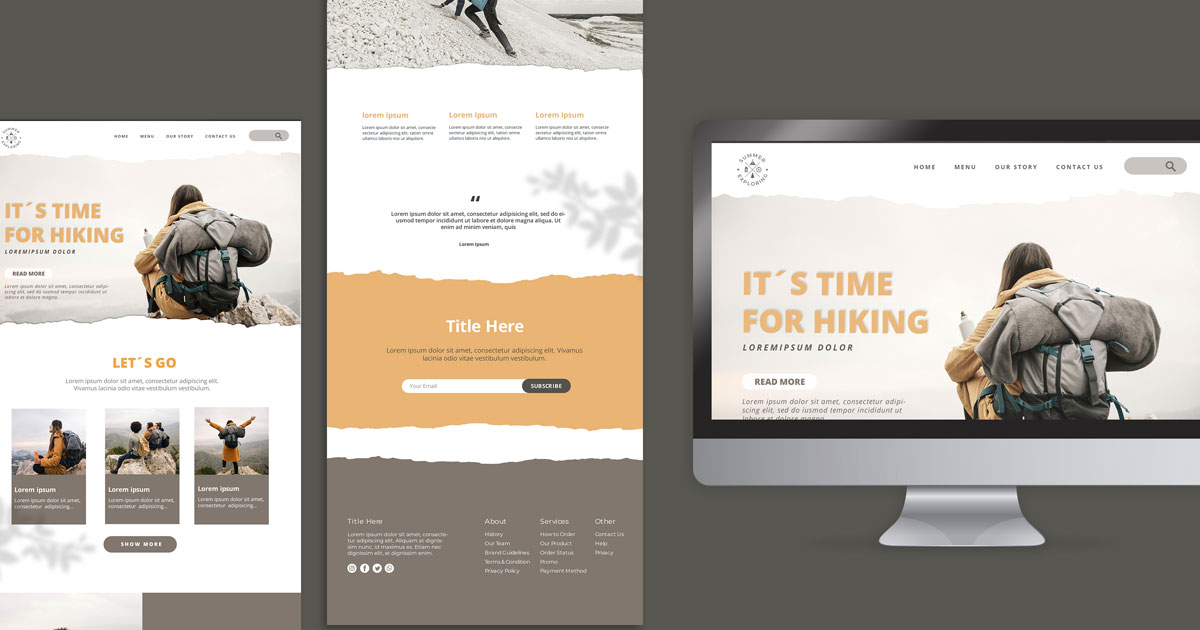At this age where businesses are in a rat race to outdo each other, it’s all about speed. Everyone wants to get ahead of their competitors. Your website, which holds your online presence on the internet, is your crucial asset in helping your business grow.
You have to invest the time and effort so that your website grows continuously with market demands to give your audience that seamless online user experience.
How Important is Your Website for Business?
Caption: A website importance to SMEs in the UK in 2013, by business size (Source: Statista)
Your website is the heartbeat of your business. After all, it is here that most of your audience gets to know about you and formulate a first impression of your business. As such, the quality of your website will determine if you get quality leads that lead to higher conversion rates.
However, before people evaluate your website, you must first get it high up in the Search Engine Results Pages (SERPs). Then only people can easily find you and know more about your company. So, pay attention to your website; it can either break or make you.
How to Improve Your Website (Without a Full Redesign)
As a marketer, the ideal situation is to always have an unlimited budget in hand. You can then invest only the very best ingredients and nuke your marketing strategies sky high; this includes improving your website. However, most marketers will not enjoy such perks as they face a limited budget every year.
Also, time can be a luxury you cannot afford. Tearing down and rebuilding your website from the ground up can be very time-consuming and costly. So, what can you do? There are many ways that you can employ to improve your website without needing a complete redesign:
Carry Out Regular Website Analytics
Web analytics is gathering key metrics on your website to understand how your website is performing. You need to have such information to analyze and assess how to optimize your website, making it more efficient. Bear in mind that this is a consistent effort, so you know the areas requiring tweaking and improvement.
Google Analytics is a popular analytic tool that many use to help them gain insight into their websites. It is a free tool that provides a real-time analysis of your business – track your website activity and engagement, customer demographics, the effectiveness of your SEO strategy , and others.
Another popular tool is the Pro Rank Tracker, which helps track your website’s search engine rankings across popular search engines/sites. You want to know where you need to boost your SEO effort.
Increase Website Speed

The speed of your website influences the online experience you give to your audience. A user will not be patient to wait if your website takes more than 2s to load; the user will leave and look elsewhere. You lose leads, and your business will suffer.
Also, Google takes web page speed as a ranking signal. If your website is slow, you can be sure that you will not rank high in the SERPs. You lose visibility, and nobody can find you. Hence, it is of utmost importance that you look into ways to speed up your website.
For your website to be accessible online, you need a web hosting solution from a trusted and reliable web host . You must engage a web host that promises a high uptime guarantee with resilient infrastructure and robust servers that can support your website with blazing speeds and high reliability. Then only your website will be speedy with very minimal downtime.
Other simple ways can help speed up your website:
- Optimize your website code so that your website can load speedily with no unnecessary disruptions.
- Use your media wisely. Do not overload your website with too much media. It is best to compress the images and videos.
- Do not crowd everything on one page. Avoid presenting a cluttered page to your audience.
- Allow caching.
- Use a Content Delivery Network (CDN) – Your pages will load faster thanks to distributed data across multiple servers worldwide.
A speedy website is essential to give you greater visibility and encourage more visitors while retaining them. Check out Google PageSpeed Insights; this is a tool to help check your website’s performance.
Investigate your Content Strategy
Content is the pulse of any website. Ensuring the correct content is displayed to the right audience is crucial to help set you apart from others. You want to always convey the right message and tone directly to the hearts of your audience. So, perform an audit check on your website content.
Categorize the types of content and assign a person to each category. The Person-in-Charge (PIC) is responsible for each category; remove anything irrelevant, fix any grammar and spelling mistakes, and regularly update the content. New and updated content is key to engaging your audience and motivating them to return often. Also, it shows that you mean business and are here to stay.
Also, including attractive and eye-catching images and videos help heaps to capture your audience’s attention. These media break up any text-heavy parts to not bore your readers. Make sure that they are top-notch quality and relevant. Remember, anything pixelated or outdated reflects poorly on your business attitude.
Simply put, water your website every day; it is akin to a garden that needs consistent care. Trim where needs to be trimmed and plan what new plants need to be planted.
Ensure Consistency
A simple matter as making sure that your website deploys a consistent approach throughout is key to business success. Consistency in your website content, design, colors, text, font type, and size must match. Your website represents you and reflects on your business. An inconsistent website portrays a very unprofessional image.
Your audience will not feel comfortable transacting with you as an inconsistent website paints possible inconsistencies in how you conduct business. Hence, take immediate steps to check through your website and ensure that consistency is spelled out loud and clear on every web page.
Many overlook this crucial aspect of the website – the navigation. Do not think that your website navigation needs no improvement. Website navigation determines how your audience ‘travels’ on your website. The easier you make it, the faster your audience reaches their objectives, and the more they will come back for more.
Never clutter your navigation menus. You do not want your audience to be overwhelmed when on the first page of your website; they will leave. Sometimes being simple is the best. Hence, use a minimalist approach and clean design on your navigation menu. The menu options must be clean-cut so that your audience will have doubts about where to go for what they want.
Straightforward Forms
One of the goals of your website is to collect information about your audience. This part is tricky. Your audience is skeptical and becomes more suspicious when sharing their details. However, collating such information is crucial to increase leads for your business.
How do you simplify your forms in a manner that will encourage them to share information with you?
Know what you need and ask for only the minimum for your marketing purposes. Do not be greedy. If you ask for more, you can expect more to leave. For example, asking for their phone numbers is a huge ‘No No’. Many will shun your website. Hence, be careful and only include minimal fields, around five or less is better.
Regularly Apply Relevant Updates
Updating any software and tools used to create and maintain your website is important. If not, your website is rendered unsafe and vulnerable to attacks. However, timely updating can patch any security loopholes, safeguarding your whole website and business.
A little matter such as a WordPress plugin that is not updated creates a security hole ‘big’ enough for hackers to exploit and attack your website. Hence, security cannot be a low priority, especially for your website.
Frequent Usability Testing
Employing a group of users who access and test your website could give you a more accurate idea of how the general public perceives your website. Called usability testing, these users can randomly browse your website and provide a report on their findings. Or you can provide them with a test plan to follow, and they fill up the blanks in a provided test report.
The goal is to find out the areas you are doing fine and any problem areas that require improvement.
Conclusion
Many may think that improving a website needs to have it redesigned. Not true. There are ways to improve your website without a complete redesign required, as listed above. Take time to go through each of them and adopt them wherever applicable. In time, you will see your website making significant improvements.



